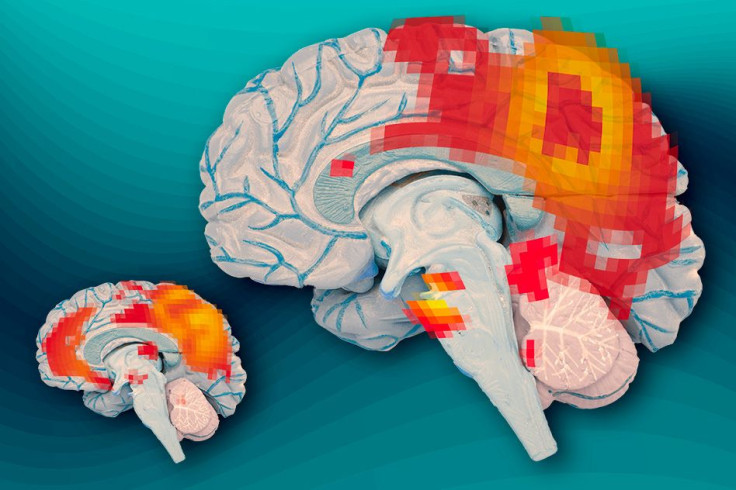Adult ADHD Brain Shows Biological Differences From People Who Grew Out Of The Disorder

In a testament to the brain’s stunning power of plasticity, researchers from MIT have discovered that adults who had attention deficit hyperactivity disorder (ADHD) as a child, but grew out of the disorder, showed markedly different biology than people whose ADHD persisted.
Diagnoses of ADHD have climbed dramatically in the U.S. in recent years, according to data from the Centers for Disease Control and Prevention (CDC). In 2003, roughly 7.8 percent of children between 4 and 17 years old had received an ADHD diagnosis. By 2011, that rate had risen to 11 percent. While some criticize the disorder as more of a behavioral malady, not a neurological one, the more science uncovers about ADHD, the more it learns of genuine biological roots — especially as 60 percent of children with ADHD, or eight million people, carry the disorder into adulthood.
“The psychiatric guidelines for whether a person’s ADHD is persistent or remitted are based on lots of clinical studies and impressions,” said study co-author and Professor of Health Sciences and Technology at MIT, John Gabrieli, in a statement. “This new study suggests that there is a real biological boundary between those two sets of patients.”
Gabrieli and his colleagues recruited 35 adults who were diagnosed with ADHD as children. Thirteen of those 35 had outgrown their ADHD, meaning that they no longer took medication or exhibited signs of the disorder, such as extreme difficulty focusing, an inability to sit still, and poor memory. The research team put each subject into a resting-state functional magnetic resonance imaging (fMRI) scanner. This measured their brain activity when people weren’t engaged in any specific task. “This method reveals the intrinsic functional architecture of the human brain without invoking any specific task,” explained senior author Susan Whitfield-Gabrieli.
Inside the brain is a parallel set of regions that activate at the same time when you aren’t focused on one thing in particular. You’re awake, but resting. And your brain, for its part, lights up in what’s called the “default mode network.” On an fMRI, it looks like two splotches of color on the front and rear of the brain.
Prior research has shown a disconnect between these two regions in kids with ADHD. Their posterior cingulate cortexes and medial prefrontal cortexes stop synchronizing. In essence, they stop resting. Interestingly, however, the new study showed that adults who once had ADHD but outgrew it had a restored default mode network. Both regions lit up when they were at rest. “Their brains now look like those of people who never had ADHD,” said Aaron Mattfeld, lead author and postdoctoral researcher at MIT’s McGovern Institute for Brain Research.
But there was a limit to this plasticity. Inside the brain’s core “computer” is a sort of master system that pushes the buttons and pulls the levers on individual cognitive processes. This is known as executive function, and under its purview falls everything from memory and reasoning to problem solving and planning. All 35 patients, even those who grew out of their ADHD, tested poorly on measures of executive function.
Wondering why this was, the team looked at the fMRI. What they found was a disconnect between the default mode network and a second, complementary system called “task positive network.” This network, engaged when a person is involved in effortful activities, fired in tandem with the default mode network — an impairment that, while directly unrelated to ADHD patients, occurs in roughly half of them. “Once you have executive function problems, they seem to hang in there,” Gabrieli said.
What this means for future research is a solid footing for medication trials. Scientists that understand how medication affects a person’s biology can use that knowledge to drill down to the bedrock of ADHD, rather than blanket the disorder with scattershot treatment. Estimates suggest that roughly 60 percent of patients respond well to the first drug they receive, but that rate is still too low by many experts’ standards.
“It’s unknown what’s different about the other 40 percent or so who don’t respond very much,” Gabrieli said. “We’re pretty excited about the possibility that some brain measurement would tell us which child or adult is most likely to benefit from a treatment.”
Source: Mattfeld A, Gabrieli J, Biederman J, et al. Brain differences between persistent and remitted attention deficit hyperactivity disorder. Brain. 2014.



























